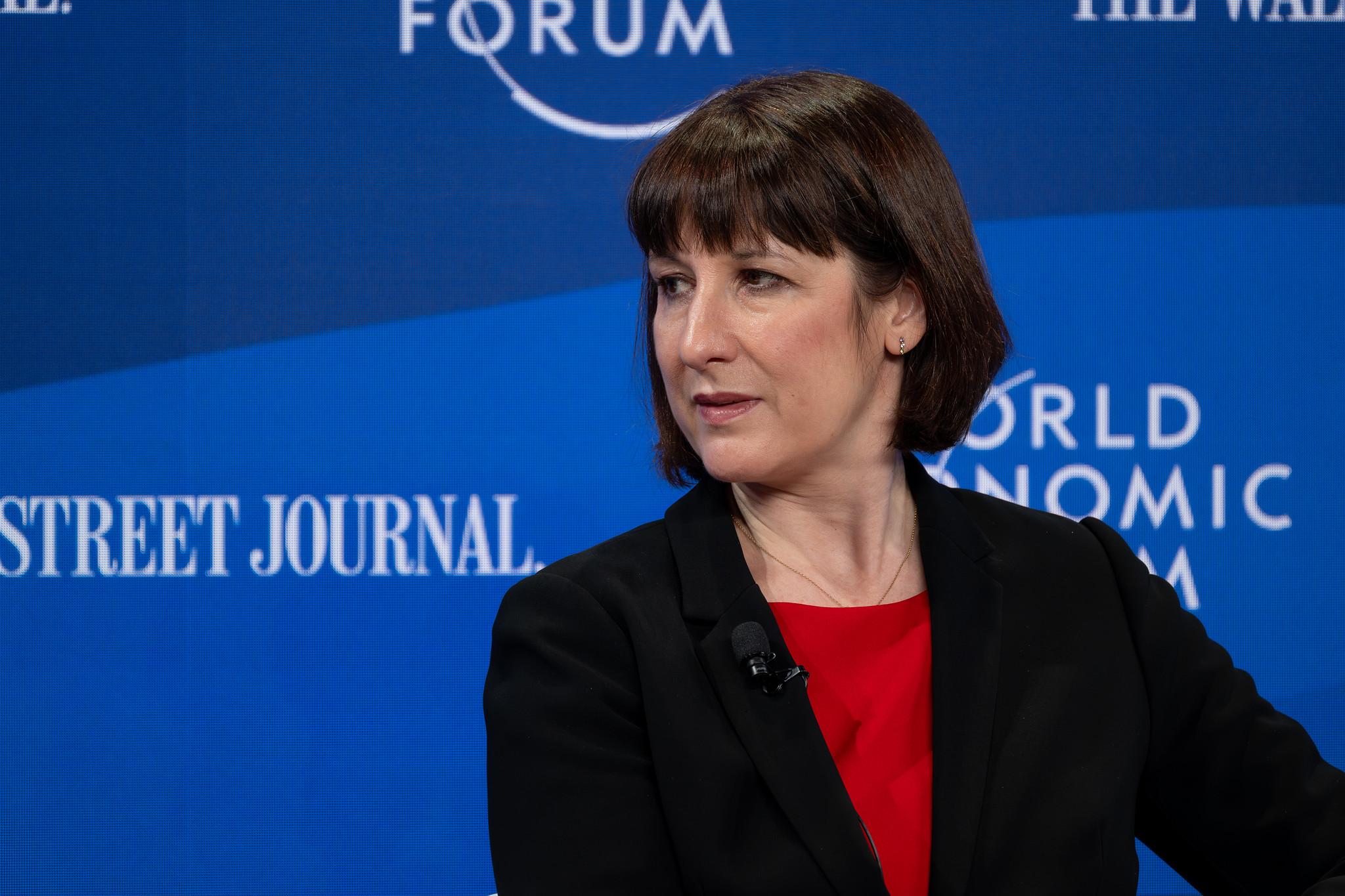After months of speculation and delays, The UK’s new Industrial Strategy is finally set to be unveiled at the end of June.
Advertised as the cornerstone of Starmer’s economic vision, the strategy will aim to look beyond the immediate electoral cycle to deliver a long-term strategy for economic growth.
So, what can we expect?
We know that the strategy will focus on eight ‘growth driving’ sectors in which the UK is considered globally competitive, including the creative industries, defence and life sciences; with specific sector plans to follow.
By playing to the strengths of the UK economy, the government hopes to signal continuity and reassure investors of the UK’s long-term fiscal direction, whilst entrenching the UK’s position on the global stage against competitors. This approach will also avoid spreading resources thinly across untested industries.
The Spending Review provided the financial scaffolding for the strategy but also exposed potential limits. The milestones of the Plan for Change guided budget allocations with boosts to health, core school budgets and local housing, and we can expect to see similar messaging reflected in the Industrial Strategy.
Investment in research and development, pledges to raise defence spending to 2.6% and specific spending plans for infrastructure projects such as Sizewell C announced in the Spending Review also demonstrate long-term thinking and show that the industrial strategy will try to connect innovation directly with employment and regional upskilling.
Whilst this direction has been broadly welcomed, industry voices have criticised the lack of clarity on delivery mechanisms, timelines, and crucially whether the government will be able to deliver on its funding commitments.
The devil will be in the detail of the document; recent announcements such as the U-turn on winter fuel payments and the backbench rebellion over welfare cuts call into question a key internal tension within the Labour party: the role of the state. Starmer’s recent backtracking under pressure suggests that he might shy away from the bold, state-led intervention that many sectors are hoping for. Energy companies in particular have warned that the Industrial Strategy will fall flat unless it deals with the UK’s energy costs. These tensions underscore a growing unease within Labour ranks, particularly among MPs concerned about abandoning core social commitments.
Adopting a long-term strategic approach is admirable, and a welcome change from some previous government agendas. Yet in an increasingly volatile political landscape, questions remain as to whether a prescriptive plan will provide policy makers with the flexibility they need to respond to changing priorities.
With promises around net zero, creative industries and boosting British enterprise, the industrial strategy has been framed as a turning point, and has the potential to reset the narrative of Starmer’s premiership. To remain competitive when talking to the government, businesses should align their political objectives with helping the government achieve its growth agenda.
Experts in effecting change
At Whitehouse Communications, we are experts in helping businesses shape their messaging to speak to the priorities of government and cut through the noise.
Our strategic advisory services provide the public affairs guidance you need. If you want to understand more about what the Industrial Strategy means for you and your business, then do please get in touch with us.

